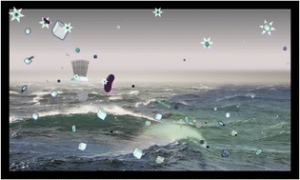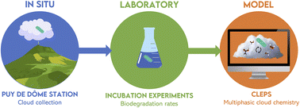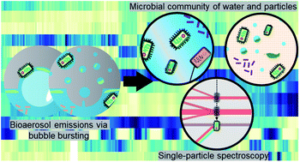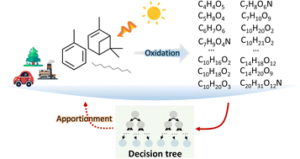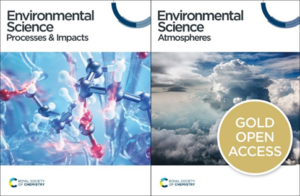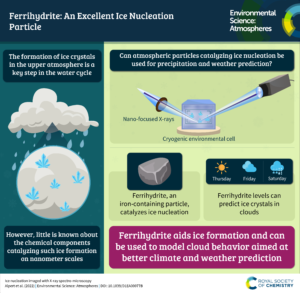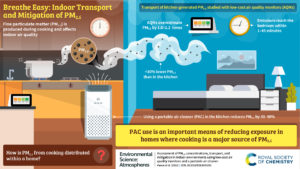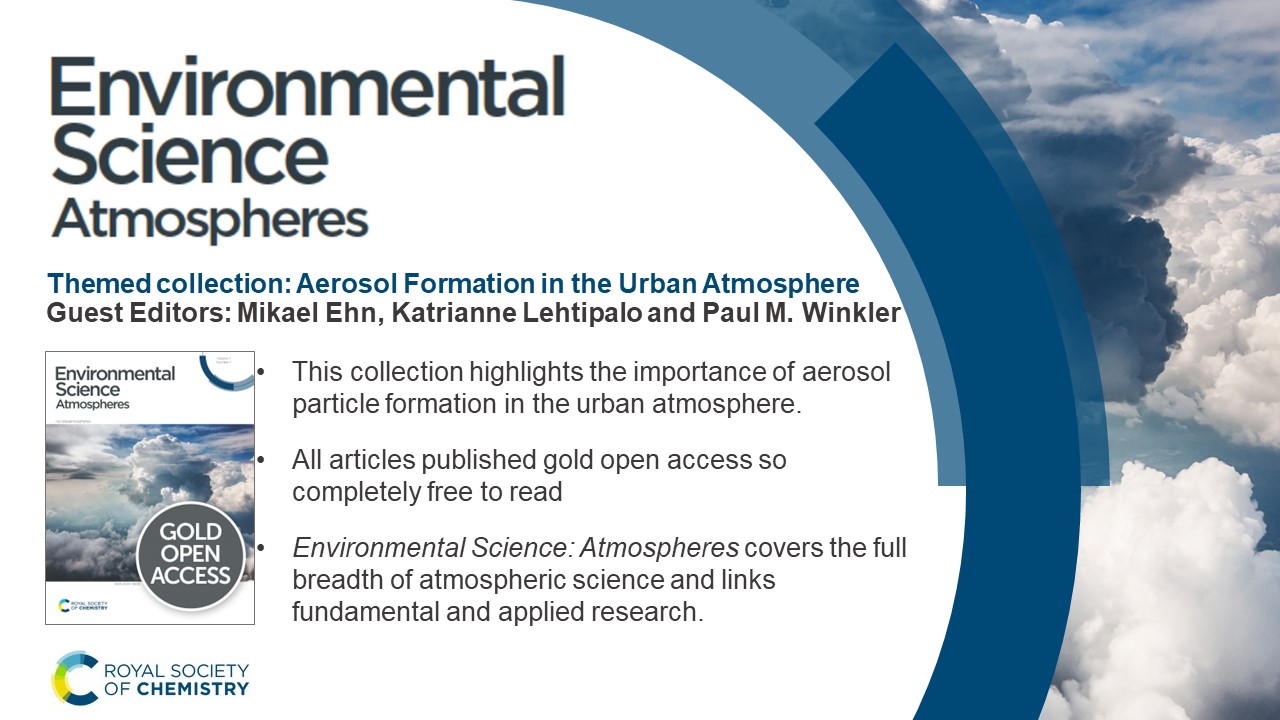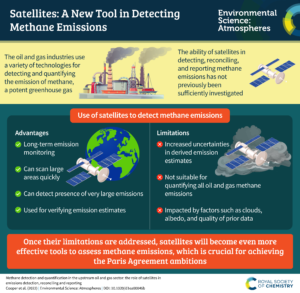Could our collection be the ideal platform for your next atmospheric science publication on traffic non-exhaust substances?
We invite you to contribute to our collection highlighting traffic non-exhaust substances and their impact on air quality, health, and possible remediation measures. Non-exhaust emissions from road traffic, arising from the wear of vehicle parts (such as from the brakes, tyres and clutch), road wear and road dust resuspension, are an emerging issue for air quality and public health. It is therefore necessary to improve our knowledge on the current impact of such substances in the air we breathe and the potential of technological and non-technological mitigation measures. For more information on the collection, which closes for submissions on 31st March 2024, see our open call for papers.
When you publish with Environmental Science: Atmospheres you can:
- Put your trust in both our rigorous peer review process and fast times to publication – which are less than 9 weeks after submission across all our journals.
- Expect your work to be promoted through our journal social media (@EnvSciRSC)
- Be confident of a global audience for your work. This means that dissemination of this work will likely go beyond chemists and reach a broader audience.
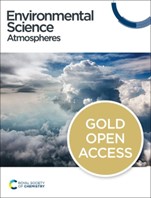
Environmental Science: Atmospheres publishes high quality research in fundamental and applied atmospheric chemistry. The journal scope spans the entirety of Earth’s atmosphere, and studies addressing the interactions of indoor air pollutants with outdoor air, or considering human health effects, are encouraged. We offer authors the option to publish the peer review history alongside their article.
Article publication online and in issues will occur without delay to ensure the timely dissemination of the work. The articles will then be assembled on the RSC Publishing platform and promoted as a web-based thematic collection, to permit readers to consult and download individual contributions from the entire series.
Please note that accepted manuscripts will be subject to an article-processing charge (APC) unless your institute has an existing agreement with the RSC that covers publications in our gold open access journals. More information about charges, discounts, and waivers are available here.
If you’re interested, we invite you to submit your research today, quoting ‘EANexAir24’ when submitting your manuscript.


